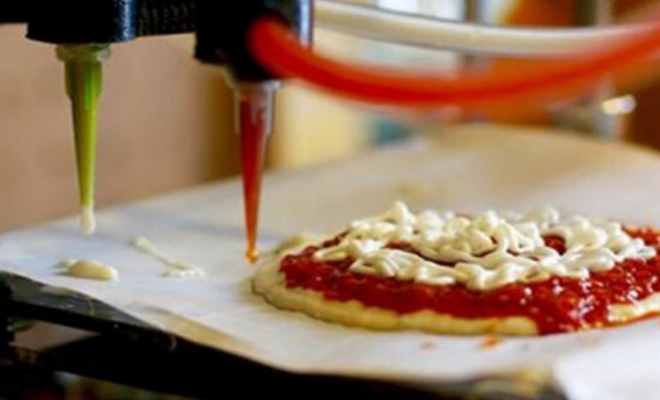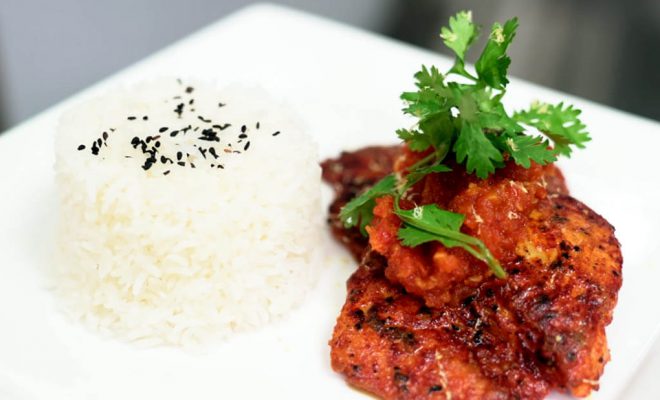3D Food Printing

When we hear of the term 3D printing, we would associate it with creating materials to construct cars, planes and houses. In recent years this technology has progressed into the food manufacturing sector. So what is 3D food printing? Is it safe? What are the options available when it comes to 3D printing our food?
First of all, let us start with what is 3D food printing and how it came about. 3D food printing is the where food materials, in paste or gel form, are extruded from cartridges to form layered designs programmed on a computer. A feature of the ingredients used in extrusion based printing is that it needs to be soft enough to be extruded from a syringe and yet viscous enough to retain a shape. This technology was first used by astronauts, where they would consume 3D printed food during their space missions. Virtually any form of fresh produce can be 3D printed as long as it comes in a form of paste or puree. Ingredients would include chocolate, dough batter, dairy products, pasta as well as fruits.
Many companies and industries have recognized the potential that 3D food printing brings, venturing into 3D printing different foods. Hospitals and nutrition specialist are taking on 3D food printing to keep up with the increasingly health conscious consumers. Essentially any food producing establishment can consider 3D printing as part of their business model. F&B outlets can utilise it to attract new customers seeking a novel dining experience. Hospitals can employ 3D printing to develop customized meals for different target audiences; creating printed meals for senior and frail elders who have difficulty swallowing food and even integrating certain medications into the meal. 3D printing can also cater to the persons with special dietary needs such as veganism, gluten free and dairy free.
Despite the various applications of 3D printing, there are certain disadvantages associated with it. First of all, not all types of food can be 3D printed, it is limited by the physical characteristics of the materials which is why only paste or cream typed food are currently available. Secondly, it does not cover every step of a meal’s preparation, the meal must still be cooked after printing. Scalability is also an issue, where mass production is not feasible at the moment due to the time spent on production. In addition the current cost of a commercial 3D printer is around $5000, making it an unfeasible idea. There is also the issue on hygiene as well as food safety regulations. Copyright could also be a potential obstacle. Existing food products in the market could easily be scanned, with its blueprint being shared online.
Experts predict that the 3D food printing market is expected to grow to US$400 million by 2024. The last revolution in food processing was the invention of the microwave, so why not 3D food printing? With this technology, perhaps everyone can be a Michelin star chef by “downloading” the recipes, bringing life to the term digital gastronomy.
References










